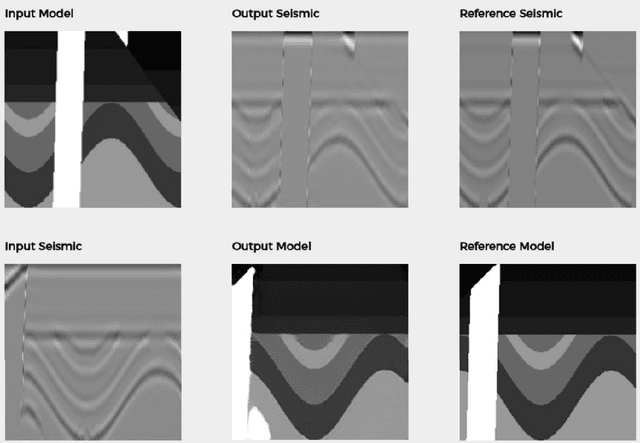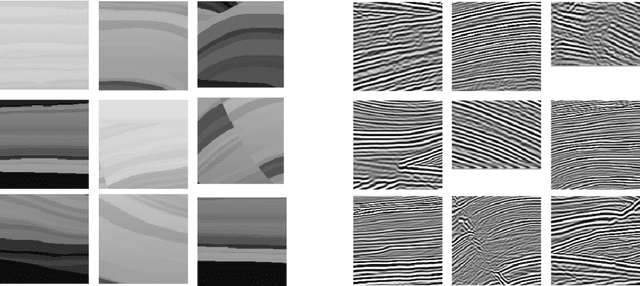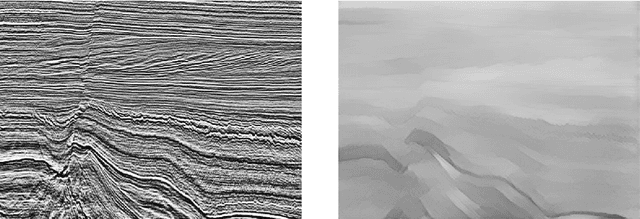Jesper Dramsch
Robustness of AI-based weather forecasts in a changing climate
Sep 27, 2024


Abstract:Data-driven machine learning models for weather forecasting have made transformational progress in the last 1-2 years, with state-of-the-art ones now outperforming the best physics-based models for a wide range of skill scores. Given the strong links between weather and climate modelling, this raises the question whether machine learning models could also revolutionize climate science, for example by informing mitigation and adaptation to climate change or to generate larger ensembles for more robust uncertainty estimates. Here, we show that current state-of-the-art machine learning models trained for weather forecasting in present-day climate produce skillful forecasts across different climate states corresponding to pre-industrial, present-day, and future 2.9K warmer climates. This indicates that the dynamics shaping the weather on short timescales may not differ fundamentally in a changing climate. It also demonstrates out-of-distribution generalization capabilities of the machine learning models that are a critical prerequisite for climate applications. Nonetheless, two of the models show a global-mean cold bias in the forecasts for the future warmer climate state, i.e. they drift towards the colder present-day climate they have been trained for. A similar result is obtained for the pre-industrial case where two out of three models show a warming. We discuss possible remedies for these biases and analyze their spatial distribution, revealing complex warming and cooling patterns that are partly related to missing ocean-sea ice and land surface information in the training data. Despite these current limitations, our results suggest that data-driven machine learning models will provide powerful tools for climate science and transform established approaches by complementing conventional physics-based models.
Regional data-driven weather modeling with a global stretched-grid
Sep 04, 2024Abstract:A data-driven model (DDM) suitable for regional weather forecasting applications is presented. The model extends the Artificial Intelligence Forecasting System by introducing a stretched-grid architecture that dedicates higher resolution over a regional area of interest and maintains a lower resolution elsewhere on the globe. The model is based on graph neural networks, which naturally affords arbitrary multi-resolution grid configurations. The model is applied to short-range weather prediction for the Nordics, producing forecasts at 2.5 km spatial and 6 h temporal resolution. The model is pre-trained on 43 years of global ERA5 data at 31 km resolution and is further refined using 3.3 years of 2.5 km resolution operational analyses from the MetCoOp Ensemble Prediction System (MEPS). The performance of the model is evaluated using surface observations from measurement stations across Norway and is compared to short-range weather forecasts from MEPS. The DDM outperforms both the control run and the ensemble mean of MEPS for 2 m temperature. The model also produces competitive precipitation and wind speed forecasts, but is shown to underestimate extreme events.
Rapid seismic domain transfer: Seismic velocity inversion and modeling using deep generative neural networks
May 22, 2018


Abstract:Traditional physics-based approaches to infer sub-surface properties such as full-waveform inversion or reflectivity inversion are time-consuming and computationally expensive. We present a deep-learning technique that eliminates the need for these computationally complex methods by posing the problem as one of domain transfer. Our solution is based on a deep convolutional generative adversarial network and dramatically reduces computation time. Training based on two different types of synthetic data produced a neural network that generates realistic velocity models when applied to a real dataset. The system's ability to generalize means it is robust against the inherent occurrence of velocity errors and artifacts in both training and test datasets.
 Add to Chrome
Add to Chrome Add to Firefox
Add to Firefox Add to Edge
Add to Edge